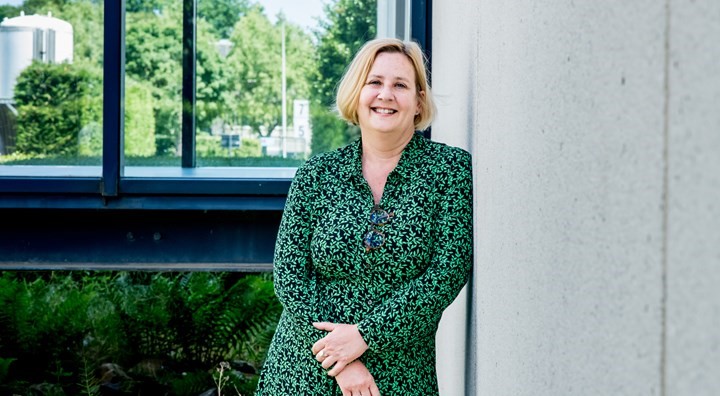Functionally graded electrodes for long-life lithium-sulfur batteries (FUGELS)
FUGELS aims to accelerate the maturation and penetration of lithium-sulfur (LSB) batteries into the market. LSBs are potentially lighter and less expensive options than any other batteries on the market; roughly speaking, they can be more than two times lighter than state-of-the-art lithium-ion batteries, storing the same amount of energy. The global reserves of sulfur are almost limitless (i.e., 600 billion tons) and LSBs are expected to be less expensive (Sulfur price < 0.2 US$/kg) than their lithium-ion battery counterparts.


Functionally graded electrodes for long-life lithium-sulfur batteries (FUGELS)
Lithium-sulfur batteries (LSB) have a good potential to secure a sustainable future for the electrochemical storage of energy. The LSBs’ potential application is as broad as that of lithium-ion batteries, but they would be more attractive choices when the weight and/or storage costs are the primary concerns: residential and large-scale stationary storage, heavy duty vehicles, satellites, and long endurance unmanned aerial vehicles (UAVs) such as drones. Premature end-of-life is the biggest obstacle to the maturation of lithium-sulfur battery technology. LSBs suffer from a significant rate of capacity loss compared to the lithium-ion batteries. In this regard, this project aims to develop light-weight (>350 Wh/kg) lithium-sulfur batteries with up to 5-fold longer life-time compared to what is possible now (less than hundreds of cycles). The results of project will be demonstrated not only in small size batteries (coin cell) but also with pouch cells assembled in our automatic battery-pouch-line in Energyville.
To achieve the goal of the project, novel ‘lithium’ and ‘sulfur’ electrode architectures will be developed to improve the performance and longevity of the lithium-sulfur batteries (LSBs). The FUGLES’ innovative electrodes will enable a simultaneous increase in the loading of sulfur (i.e., energy density) and stability of the electronic/ionic contacts over short (i.e., particle level) and long (i.e., porous-electrode level) ranges in the cell. This will be achieved via a novel approach which is based on the graded decoration of sulfur and lithium electrodes by the protective functional layers. In FUGELS, a combination of five coating technologies is used to decorate the lithium and sulfur electrodes with functional and protective layers: 1) wet-chemical solution, 2) atmospheric plasma, 3) atomic layer deposition, 4) electrodeposition, 5) slurry-based coating.
Project partners
- UHasselt
- VITO
- UAntwerpen
- UGent
- imec
Contact
dr. Lieve De Doncker

Prof. dr. ir. Mohammadhosein (Momo) SAFARI

Agoralaan Gebouw H, 3590 Diepenbeek, Belgium
Professor
